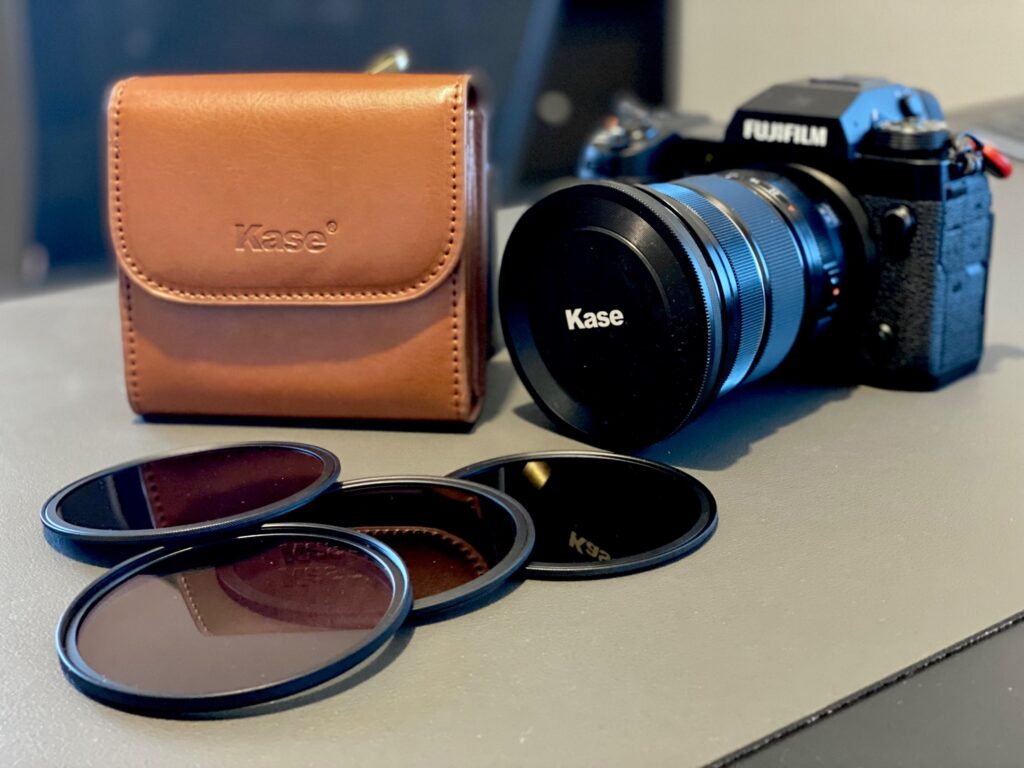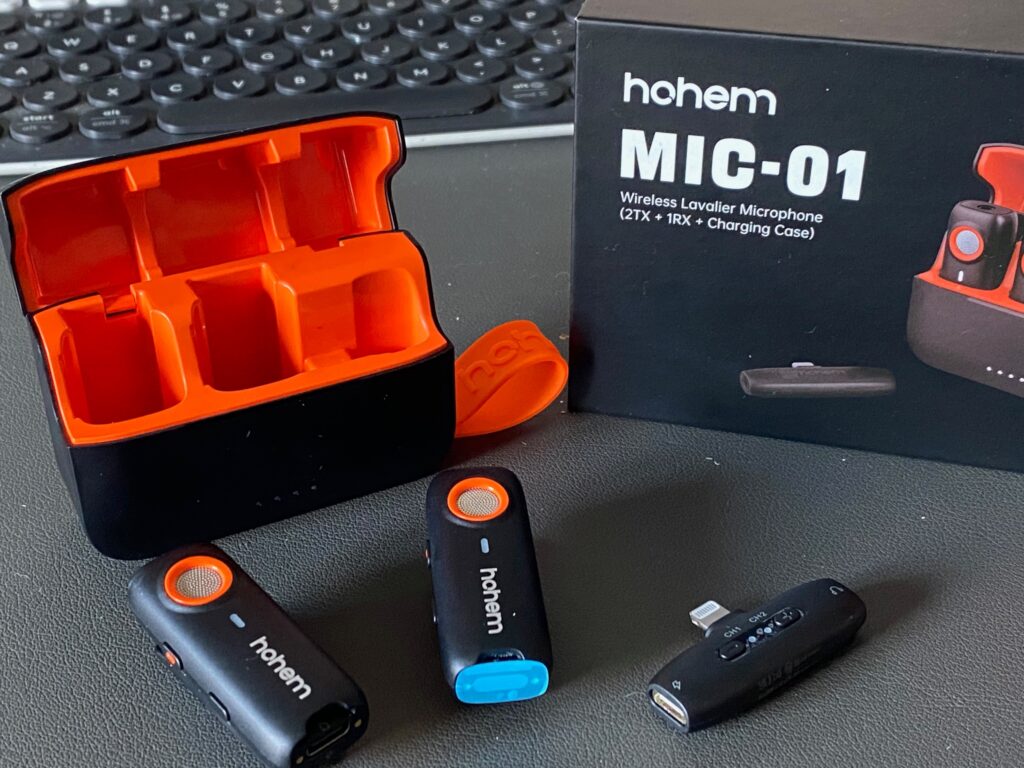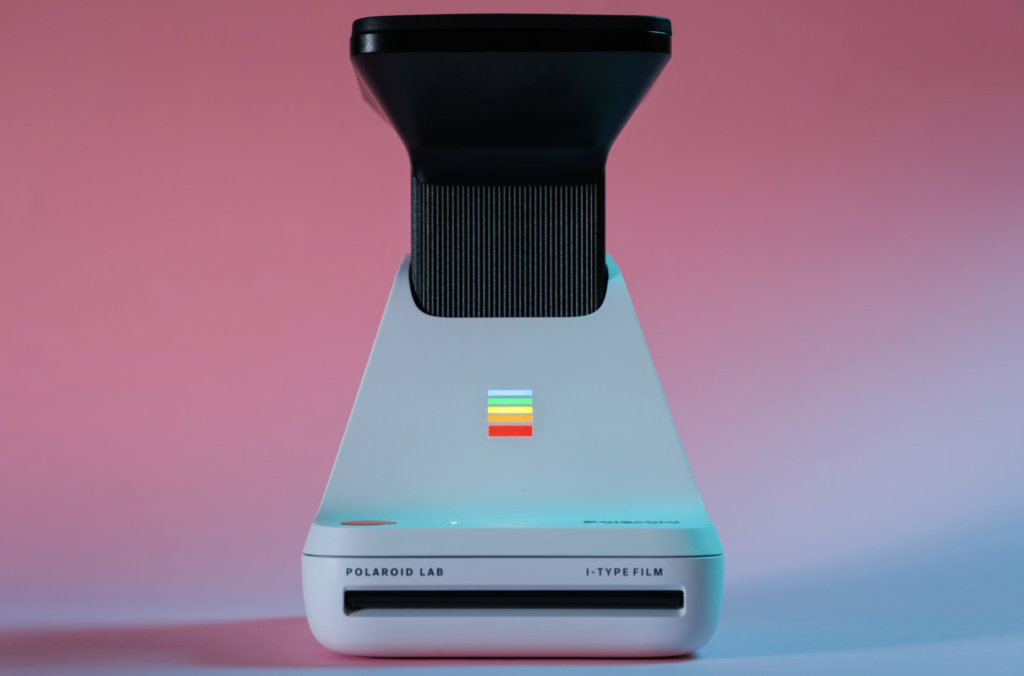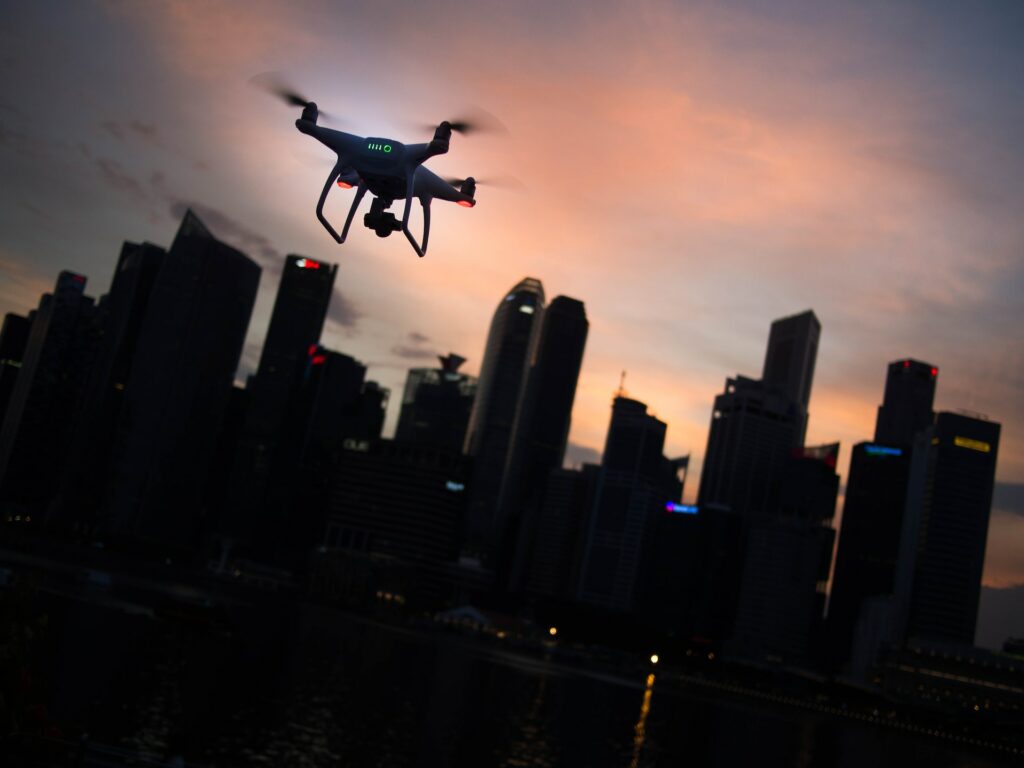This question is quite commonly asked among photographers who are just starting to work with flash photography. Umbrellas and soft boxes are both light modifiers, they are both attached to the light or light stands and light passes through them first in order to get diffused. They come in different shapes and sizes (shape mostly for soft boxes since an umbrella is always obviously an umbrella shape) and the amount of light diffused differs with the shape and size as well.
The key difference between soft boxes and umbrellas are light spill and hot spots.
What is Light-spill?
Simply put, it is the light that goes all over the place. In large studios this isn’t that big of a problem, but in smaller ones it can be an issue. You can have problems like more flat light, weird reflections from random reflective surfaces, glare, color cast from walls that aren’t neutral and so on. Basically light spill is one of a Strobist’s worst nightmares.
Photo by joshuahoffmanphoto
But how does light spill?
Well, in the case of shoot-through umbrellas, part of the light doesn’t go through, but instead is reflected back and all over the place. On the other hand, with bounce-back umbrellas, this is less of an issue, but the angles where the light is bounced back still accounts for spill, just generally less of it.
Soft boxes, due to the way they are built, do not spill that much light since the light is better directed and far more controlled. If you want even less light spill, you can use grids to better direct the light (and soften it a bit further as well), or you can use flags made from dark non reflective material to act as a snoot in order to soak in spillage.
Photo by anieto2k
What is a Hot Spot?
Some photographers like them, some don’t. I am somewhere in the middle. Hot spots can be good, but they can sometimes be unsatisfactory.
But what exactly is a hot spot? Simply put, it is an uneven distribution of light. The light in the center is brighter and the brightness reduces as it moves further off from the center.
Hotspots are mainly an umbrella issue. Umbrellas aren’t flat and have tons of light spill, thus creating hotspots. The center of the projected light is brighter (due to the umbrella center being closer to the light source and flatter) and the edges are dimmer (due to the light being diffracted into the bent angle).
Soft boxes don’t have this issue, since they have a flat surface where the light exits the box, and the light is almost perfectly even.
Other differences between umbrellas and soft boxes are the amount of diffusion, size, shape and price.
Umbrellas don’t vary in shape that much (minor differences) and the diffusion differs only if you use the umbrella as shoot through or as a bounce back. But other than that, you don’t have much control.
Soft boxes on the other hand, can have several layers of sheeting inside that helps with diffusing the light as much as you want to. Also, you can find (and even make) soft boxes in many different sizes and shapes, from tiny boxes for on camera flashes, to 10-meter wide soft boxes for lighting up cars. And their shapes can differ too, from square to rectangle to octagon to hexagon, you name it, you’ll find it.
Regarding the price, umbrellas are the cheaper option. Soft boxes (especially the big ones) can be very expensive. But if we are talking about bang-for-buck ratios soft boxes are generally the smarter choice since they last longer. Umbrellas tend to break down more often since they are more fragile (one wire breaks down, and you have issues).
One more difference would be the wind. Umbrellas + wind = bad combination. Even regular winds can make the umbrella tip over a light stand and cause some serious damage. However, soft boxes are a little less dangerous in windy conditions (without saying that it is completely safe to use them).
So, Which One Should You Choose?
It depends on your needs. Umbrellas aren’t flash dependant, so you can shoot anything with it, while soft boxes tend to be a bit tricky since they stick onto the flash directly, so you’ll need adaptors and that might be a problem for some people if they want cross flash compatibility. It also depends on what and where you shoot, your shooting style and so on.
Final summation: if you want cross flash compatibility go for umbrellas, but if you want better and variable diffusing go for soft boxes.







6 Comments
How would you rate umbrellaboxes?
Thanks for that explanation. In the photo above there seems to be a continuous light source in the soft box. What do you use for that ? (Unless this shot triggered when the flash fired?)
Umbrellas are more portable as well, and quick to setup. When I do a quick shoot on a client site, and umbrella is handy. Also because they use strobes, I don’t have to lug a large powerpack or have access to an outlet.
Really good read, I however prefer to use an octobox as the light seems to wrap around the subject better. Saying softboxes last longer is generally true, but you know what they say, you buy cheap you buy twice. I’ve also had the wind knock my octobox over a few times, its a large one, it’s on a cheapish lightstand but I now make sure I weigh it down with a bag. Look forward to your next blog!
If you had a room with white walls and ceiling, would you use it over an umbrella? Or over a softbox?
I have both Soft Boxes and Umbrellas. There is a sharp divide in photographers concerning this subject. In general, I prefer the umbrellas for general people photography.
That hot-spot issue mentioned is not an issue since it is a huge hot spot. There is fall-off around the edges. But you can run your meter anywhere within the covered area and get the same readings. So that hot spot is more of a hot area.
Fall off light from umbrellas can be utilized with reflectors for more modeling and control without some of the complications of an extra light. This a great way to get good portraits for new photographers. You can usually get a 3 to 1 light ratio very easily with just a single main light and reflector.
Light spill from passing through the back of an umbrella is nixed with a simple black backing on the umbrella.
Shooting through the back of a white umbrella is the only time that I have ever noticed a real hot spot. It’s something that I never do.
The back of an umbrella can also be used as a reflector in a pinch.
Umbrellas are lighter and easier to fold up and put away, making them easier for on-sight usage. I have never had any luck in this regard with light boxes. (In fact, in my experience they are more likely to become damaged.)
If you are shooting in anything but a very light breeze, you don’t want either an umbrella or a light box. Instead, you want (protected) direct lighting and diffusion material that you can discard after the shoot. (Along with some natural blocking material and some natural reflective material which can be also discarded after the shoot, if it is damaged.) But neither umbrellas or light boxes will stand up to any degree of wind.
Umbrellas are seriously less expensive then a light box.
But I will give light boxes the edge on spilled light. Like umbrellas, anything within the hot-spot area will receive the same amount of light. But the fall-off is a little sharper with a light-box due to that lack of spilled light.
For table top photography, I don’t like either umbrellas or light boxes. In fact, I don’t even like flash at all for table top photography. Instead, in most cases I prefer hot-lights utilized with diffusion material.
In case someone is not reading this well, all types of lighting have their places in the photography world. In most cases, I give the nod to umbrellas on flash where people are being photographed. But direct lighting is also an alternate choice in a few cases. However, other photographers have other ideas which are equally valid.
Choose the subject. Choose the setting. Choose the items from your imagination. Then choose the lighting. Like all art forms, photography is about being creative.